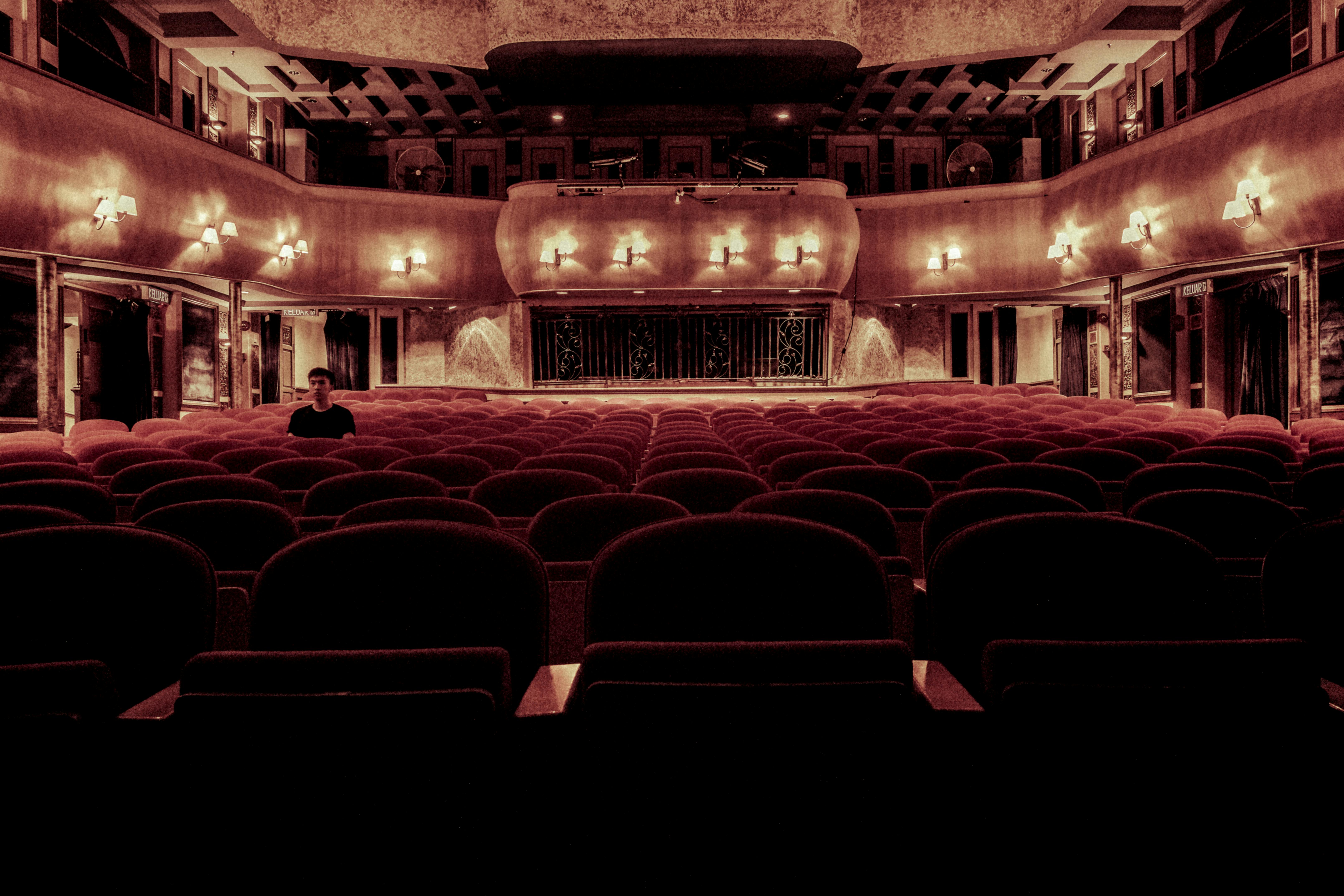Compelling Shifts in Contemporary Opera: A Fresh Look
Opera, once a dominant entertainment medium, has experienced a captivating transformation in recent times. This article explores the intriguing metamorphosis of contemporary opera, shedding light on its historical background, current trends, and the significance of this art form in today’s cultural landscape.

A Brief History of Opera
Opera, a blend of music, drama, and visual art, emerged during the Renaissance, aspiring to recreate the powerful emotional resonance of ancient Greek dramas. Over the centuries, opera evolved, reflecting society’s changing tastes and cultural shifts. By the 20th century, opera had become a global phenomenon, with creative expressions ranging from Italian romanticism to experimental modernism. However, in the 21st century, opera observed some unexpected changes.
Current Innovation in Opera
In recent years, opera has been gaining momentum by breaking traditional boundaries and embracing digital mediums. This has led to the creation of innovative virtual performances, intimate chamber pieces, and multi-media experiences. Contemporary opera artists have also become more diverse, with stories from underrepresented voices taking the spotlight. This shift is not just a response to changing societal norms, but it also makes opera relevant and accessible to a broader audience.
Impact and Reception
The new wave of contemporary opera has been met with both enthusiasm and criticism. Some purists argue that these changes deviate from the true essence of opera, while others believe they invigorate and democratize the art form. However, it is undeniable that these innovative strides have broadened opera’s appeal and brought it into the mainstream conversation.
What Does the Future Hold?
The future of opera is an exciting prospect. With technology continuing to evolve and offering new platforms for expression, opera has the potential to reach unprecedented heights. The emergence of immersive virtual reality operas or the use of artificial intelligence in composing operatic scores are just a few possibilities.
In conclusion, the evolution of contemporary opera is a testament to the resilience and adaptability of this art form. It has successfully navigated the changing cultural landscape, embraced innovation, and continues to captivate audiences worldwide. The rise of contemporary opera not only enriches the world of performing arts but also bridges the gap between tradition and modernity.




